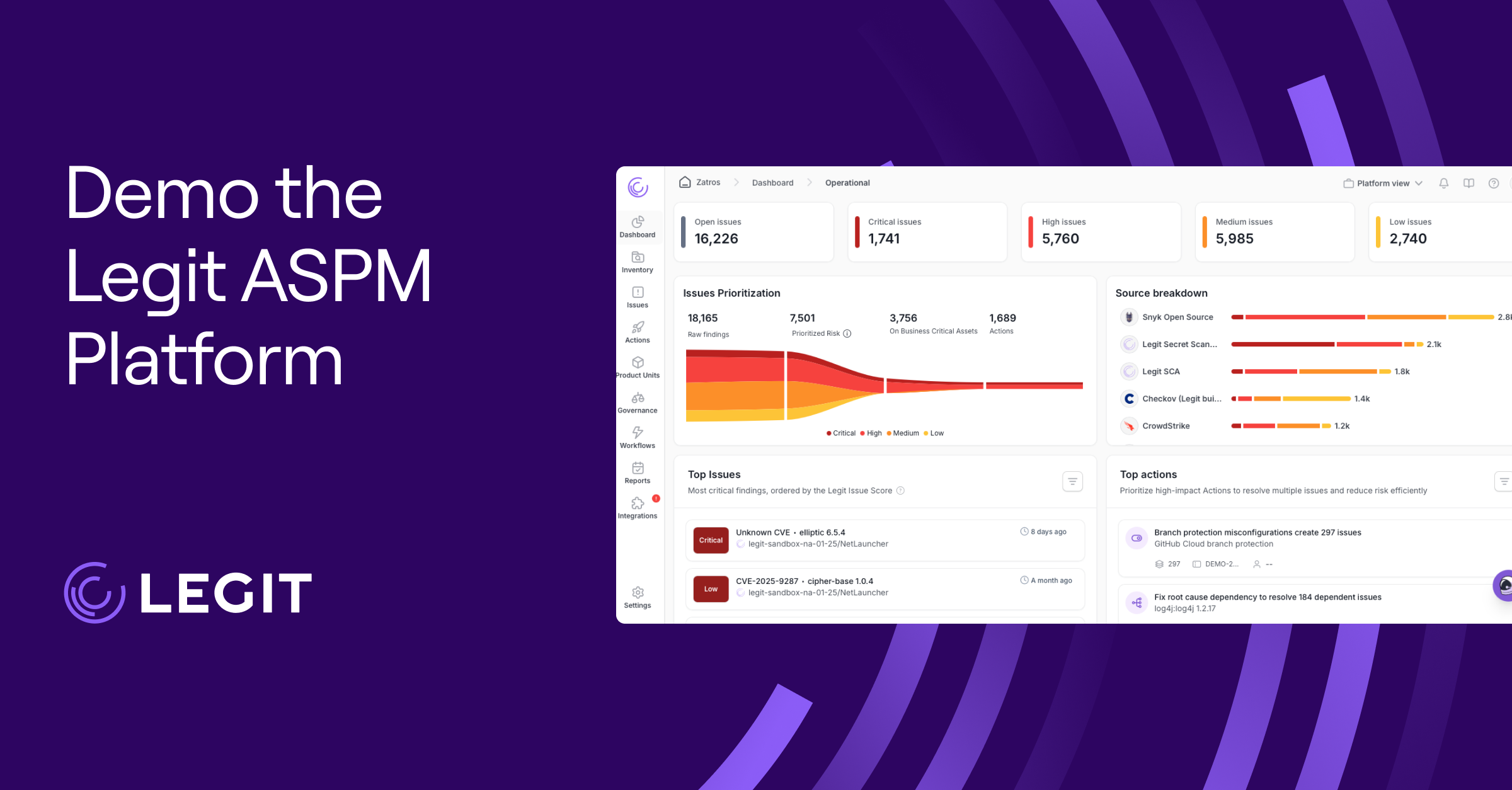Every development team has its preferred rhythm. Some teams prototype fast and refactor later. Others lean on documentation-heavy models or follow rigorous QA cycles. But one approach flips the script entirely: Test-driven development (TDD).
TDD starts with writing tests before any functional code exists. This test-driven mindset reshapes how developers think and collaborate, and catches mistakes early—especially in agile environments that value fast feedback.
In this article, we’ll discuss TDD, how it works, and why many teams use it to raise the bar on software quality and reliability.
What Is Test-Driven Development?
TDD is a software development approach that starts with writing a test before writing the code it’s meant to verify. Instead of building first and validating later, you define expected behavior up front as a failing test case. From there, you write the simplest code that passes the test, then refactor to improve the structure without changing behavior. This cycle—Red, Green, Refactor—is the foundation of how TDD works.
TDD evolved from methodologies like extreme programming (XP), where frequent testing and incremental changes are core principles. Now, developers use TDD as both a design discipline and a feedback mechanism. They focus on one small requirement at a time, keeping code modular, predictable, and easier to maintain. In practice, software TDD becomes a way to embed correctness into the development process.
While the TDD definition centers around writing tests first, the real strength lies in how it promotes collaboration, shortens feedback loops, and raises confidence in every change.
Process of Test-Driven Development
TDD works through a rapid, disciplined loop that helps developers think about behavior before implementation. This red, green, and refactor cycle drives the code's design and quality:
- Red (Write a failing test): Write a unit test that targets a specific behavior. The test should fail—which confirms that the functionality doesn’t exist yet and that the test is meaningful, not just passing by accident. This “red” state acts as a checkpoint. It tells you what needs to happen before moving forward. Tools like JUnit make creating and running these early tests in Java environments easy.
- Green (Make the test pass): Write only the minimum implementation necessary to satisfy the test code. The goal here is to prove that the expected behavior exists, forcing focus and avoiding overengineering. You’re not building the entire system—you're just solving one problem at a time.
- Refactor (Clean up with confidence): Once the test passes, you can safely refactor the implementation. Remove duplication, improve readability, and restructure the logic, knowing the test will catch any breakage.
Over time, repeating this cycle builds a well-tested, modular codebase that reflects user requirements and developer intent. It results in cleaner code, fewer bugs, and a stronger foundation for secure software development.
Benefits of Test-Driven Development
Adopting TDD changes how you write code, but more importantly, it changes what you get from it. Here are some of the most impactful benefits teams experience when they commit to the process:
- Clarifies intent through expressive tests: TDD encourages you to write tests that describe expected behavior rather than internal mechanics. As your system evolves, the result is more precise, more maintainable code and relevant documentation.
- Reduces long-term costs: With TDD, you identify issues early through test failures rather than relying on QA cycles or production monitoring. Fixing a bug is cheaper when you catch it early. This supports a proactive mindset that aligns with secure software development life cycle (SDLC) phases and best practices.
- Improves design as you go: TDD nudges developers toward modular, loosely coupled code. This means they’re less likely to create tightly bound systems that are difficult to extend or refactor later. The structure is easier to manage and supports secure development practices across the lifecycle while improving testability by reducing interdependencies.
- Enables safer refactoring: When the test suite defines expected behavior, you can confidently restructure code. If something breaks, you know right away.
- Increases test coverage by default: Writing tests first naturally increases coverage, as automated tests validate each behavior from the start. This leads to more thorough validation without relying on late-cycle coverage reports.
- Supports faster iteration: Although TDD may feel slower initially, the quick feedback loop and reduced debugging time often accelerate development in the long run.
- Encourages team-wide confidence: A solid test suite provides a shared understanding of the system's work. It supports smoother handoffs and helps new team members onboard without second-guessing legacy logic.
- Complements static analysis and reviews: While TDD strengthens internal code quality, it works even better alongside security code review tools that catch issues beyond what tests alone can find.
Test-Driven Development Vs. Traditional Testing
It’s easy to think of TDD as another testing framework, but its approach creates a very different development rhythm. Here’s how it stacks up against traditional testing practices:
- Approach: Teams often bolt traditional testing onto the end of the development cycle. You write the code first, then verify it. TDD inverts that process. You start by writing a test that fails, then build just enough code to make it pass. This makes TDD both a testing method and a design strategy.
- Testing scope: Traditional testing covers larger functionality blocks—sometimes the entire system at once. TDD zooms in on one unit at a time, emphasizing precision and isolating behavior early.
- Iterative cycle: TDD runs tight loops: test, code, refactor, repeat. Traditional testing usually happens in larger batches after development, which can delay feedback and slow fixes.
- Debugging: TDD catches issues early, often within minutes of writing a new line of code. That early signal makes it easier to spot where things break. Traditional testing tends to uncover issues later in the process, when debugging takes longer and context-switching is harder.
- Documentation: With TDD, the tests double as living documentation. They describe what each code should do and evolve alongside the system. Teams often maintain traditional test documentation separately, which causes it to fall out of sync with the codebase.
Approaches of Test-Driven Development
There’s no one-size-fits-all way to use TDD. Developers typically follow one of two core strategies: inside out or outside in. Each offers a different path depending on your architecture, tooling, and goals:
Inside Out
The inside-out approach tests the smallest units first, including functions, methods, or classes, before layering them into larger systems. This method, also known as the Detroit School or Classicist TDD, emphasizes internal structure and is easier for teams to adopt. You write a test for a specific behavior, implement just enough logic to pass it, and gradually build up the system as each piece proves itself.
One of inside out's strengths is its simplicity. It minimizes the need for mocks, reduces coupling, and encourages the natural emergence of the system’s architecture. You focus on what the code should do, not how it integrates. That makes it a good fit for smaller apps or situations where internal logic matters more than external interactions.
Outside In
Outside in, sometimes called the London School or Mockist TDD, takes the opposite route. You start with a test that defines expected behavior at the system’s edge, often using acceptance tests for user-facing features and typically a user interface, API, or service boundary. Then, work your way inward, building only the components needed to satisfy that behavior.
This approach aligns development with user needs and business goals by focusing on what’s required. It relies more heavily on mocks and stubs to simulate missing pieces, which helps you validate coding workflows before fully building internal components.
Because this mirrors how real users interact with software, it’s especially useful in complex systems with many moving parts or external integrations. It also reinforces a shift security left strategy by catching issues and risks before developers write full implementations or integrations. But this comes with trade-offs. Overusing or poorly maintaining mocks can lead to brittle tests that break when internal logic changes.
While TDD focuses on implementation-level correctness, some teams layer in behavior-driven development (BDD) to validate the system's behavior from a user or business perspective.
Enhance Test-Driven Development With Legit Security
TDD helps teams catch bugs early. But it doesn’t always account for security gaps, especially those introduced through third-party dependencies, misconfigurations, or insecure code patterns. Legit Security fills that gap by integrating security checks directly into your development pipeline.
Not all risks emerge during development. Some threats surface only after deployment, where threat detection and response (TDR) becomes essential for identifying and containing runtime attacks. As developers write and test their code, Legit continuously scans for risks like hardcoded secrets, vulnerable packages, and policy violations, without slowing delivery.
By aligning with the TDD mindset of early feedback and iteration, Legit brings security into the loop, so your code is safe to ship. Request a demo today.
Download our new whitepaper.


